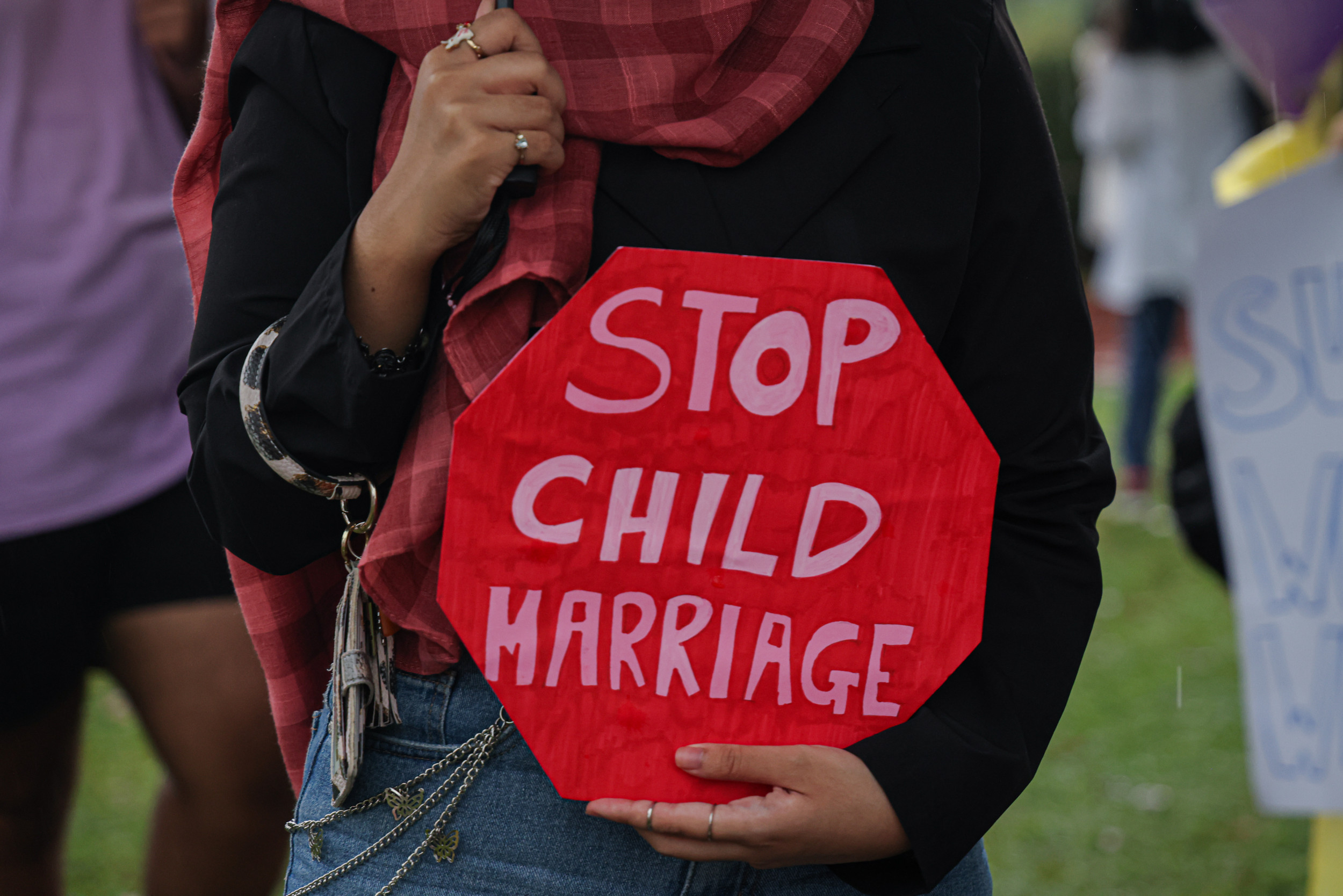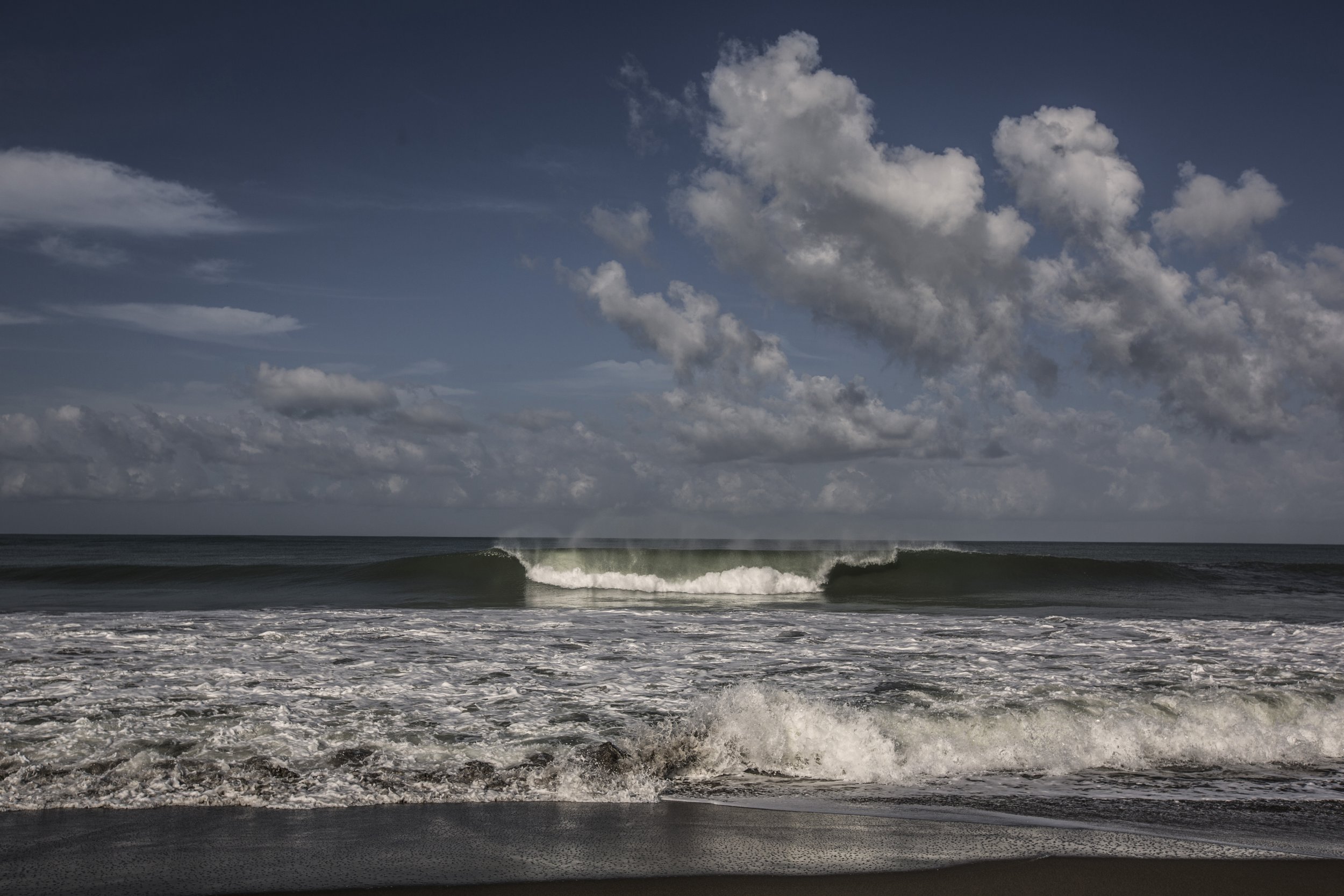
"I keep on praying God to reunite with my dead children in dream, one day. So far, it never happened," said 44-year-old Armansiah Nyong, as he holds back tears.
His new family, wife and two young children, listen respectfully without uttering a word. The silence outside their new house is broken only by wind, making Nyong's words even more solemn. After a brief moment, this calm man regains his composure. "The tsunami will always be in my mind," he adds, his voice descending into a sort of whisper. "At least once a month, I have nightmares of waves submerging me."
At 7.59 am on the 26th December 2004, a 9.1-magnitude-earthquake, whose epicenter was located 160 km off the west coast of Sumatra, triggered the most powerful tsunami ever recorded in history. The quake unleashed a series of deadly waves up to 30 meters (nearly 100 feet) high, which devastated the shores of fifteen countries along the Indian Ocean, killing an estimated 280,000 people and displacing more than 1.6 million.
With eighty percent of the deaths, the Indonesian province of Aceh was the hardest hit. Ten years later, the land bears physical scars left by the tsunami and people from the capital Banda Aceh down the coast still live with the emotional damage.
Mother Wave from Newsweek on Vimeo.
Just like many others in this city on the Western tip of Sumatra, Nyong is a survivor. He recounts the events of that December day with chilling detail.
It was a Sunday morning and Nyong was serving as a rescue coast guard on the beach of Ulee Lheue, a Banda Aceh coastal neighbourhood which would have later been dubbed "the ground zero" of the tsunami after the utter destruction the waves brought.
The day was sunny and the beach was already packed with people walking and exercising. With his house only 200 metres away from the beach, Nyong had briefly gone home to check on his pregnant wife, leaving his two kids, aged 2 and 6, with a friend of his. A few minutes before 8 am local time, the powerful earthquake struck the city.
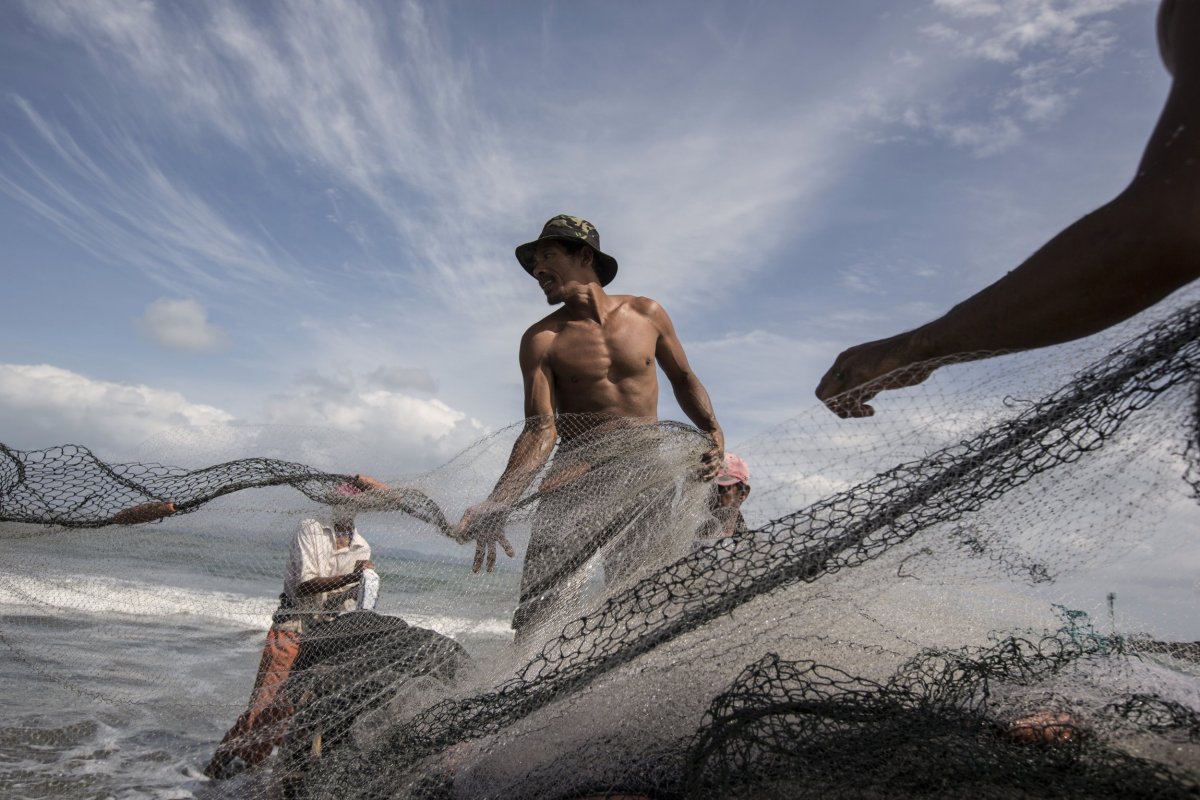
"It was very strong, my wife and I had to lay on the ground" he recounts. "When it ended, there were a lot of cracks on the house walls." Alarmed, Nyong went back to the beach, but was unable to locate his children. There, he noticed the ocean water had suddenly receded, leaving a myriad of dying fish on a stretch of sand as wide as the eye could see. "People were running into the dry ocean to collect the fish, hurrying others to join," continues Nyong, his voice growing heavy as if he is anticipating the catastrophe. "I didn't go. It looked weird to me, as if something bad was about to happen."
A few minutes later, Nyong spotted a gigantic body of white foam on the horizon.
A wave was approaching the coastline at 500 miles per hour. He heard several deafening booms. By the time he realized he had to run away, it was too late. Nyong was knocked down by a huge mass of water while still close to the shore. A second wave completely submerged him. When the third and biggest wave hit Ulee Lheue, the high fronds of coconut palms were the only things visible in the town. A strong, portly man, Nyong managed to swim atop of the wave and grab an empty plastic tank to float. The scene around him was apocalyptic: the city had turned into sea, its blackened waters carrying debris from cars to pieces of roofs and corpses. The water was still rushing in, towards the town center, destroying everything on its way.
"At a certain point I bumped into a woman who was being carried by the stream," he continues, gesturing heavily as if he was still inside the water. "I tried to hold her head under my arm, but the flow was so strong it swallowed her."
Desperate to survive, Nyong managed to cling to the roof of a house. While he was trying to climb on it, he got hit in the back by a big piece of wood and was almost knocked out. On the verge of drowning, he managed to reach and grab a huge wooden log with his last bit of strength. The log was big and heavy and Nyong clung to it as it banged around in the water, smashing smaller debris. When the water finally started receding towards the sea, he ended up stranded inland in what is now a big downtown park.
"After I regained consciousness, I saw total mayhem," he continues. "There were dead bodies all around. People were breaking into shops, desperate for food and water." Nyong was almost naked, his skin completely blackened. A few hours later, he was rescued and brought to a makeshift camp for the displaced, set up in the offices of an Indonesian TV channel.
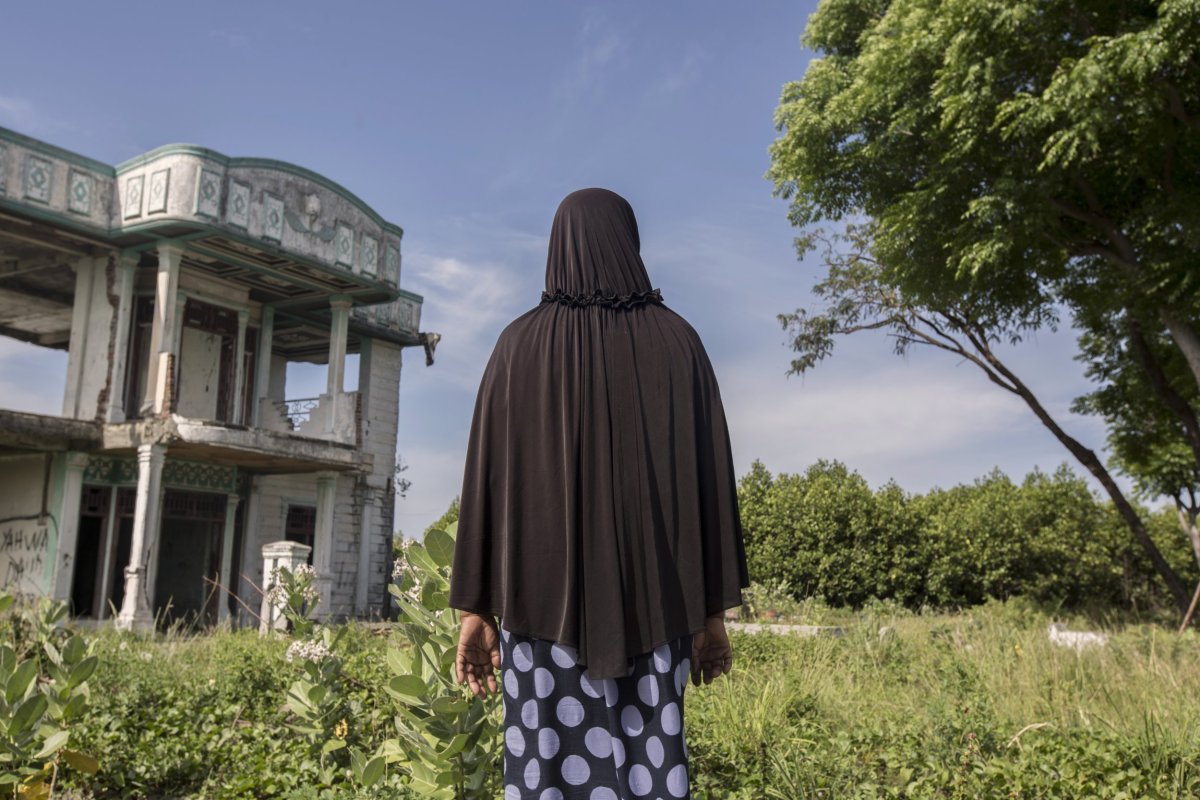
Only on the following day was he able to grasp the magnitude of the disaster.
All of Banda Aceh is dotted with memories of the event. A boat-shaped structure of the Tsunami Museum dominates the downtown area, together with several plaques, stranded boats turned into tsunami memorials, poles marking the height reached by the water and mass graves.
After several years spent waiting, most of the people have gave up hopes of finding their loved ones alive and remarried, setting up new families. Others still cannot find peace.
More than $7 billion in aid poured in after the tsunami and the city was rebuilt in less than three years by hundreds of foreign and local NGOs coordinated by the Indonesian Agency for the Rehabilitation and Reconstruction of Aceh (BRR). All over the region, BRR reconstructed 140,000 houses, 1,700 schools and almost 4,000 kms of road. The affected areas were turned into new residential complexes made of basic, identical matchbox houses, which allowed authorities to provide decent dwellings in a short period of time.
Today, a series of wide, neat boulevards punctuated with palm trees and flowerbeds link Banda Aceh's bustling city centre with the coastline. What is left of Ulee Lheue and the old port area are now protected by a seawall, while other neighbourhoods have been shielded from the sea by rows of mangroves. In case of another tsunami, the wide boulevards and a series of clearly indicated escape routes are supposed to facilitate the evacuation of the coastal areas, together with a brand new early warning system and several escape buildings, made of large, high-ground terraces which can shelter thousands of people. "I think we are better equipped now than before," confirms Illiza Sa'aduddin Djamal, the elegantly dressed middle-aged woman who has been the mayor of Banda Aceh since 2007.
The inner scars of that traumatic event have been much more difficult to mend. A deeply religious Muslim society, many Acehnese have rationalized the event by ascribing it to the will of God, interpreting it as a wake-up call or punishment sent to a supposedly sinful community.

"Religion became the medicine in order to recover from our traumas," explains 62-year-old Sulaiman Amin, the imam of Lampuuk, a small village on the outskirts of Banda Aceh whose mosque was the only building still standing after the tsunami.
The destruction caused by the tsunami was also instrumental in ending a bloody 29-year-long civil war, prompting the 2005 peace agreement between the Indonesian government and the independentist rebels of the Free Aceh Movement (GAM).
"Despite all the deaths, the loss of property and the suffering of the survivors, the tsunami offered Aceh with the opportunity to rebuild its society through the peace agreement," 52-year-old Saifuddin Bantasyam, Director at the Centre for Peace and Conflict Resolution Studies at Syiah Kuala University, explains. "People now are more united than before".
Survivors are still unsettled, however. Many people still flee from their houses in panic every time a small tremor occurs, a fairly common event in this highly seismic region. Others find it difficult to accept what happened to their loved ones.
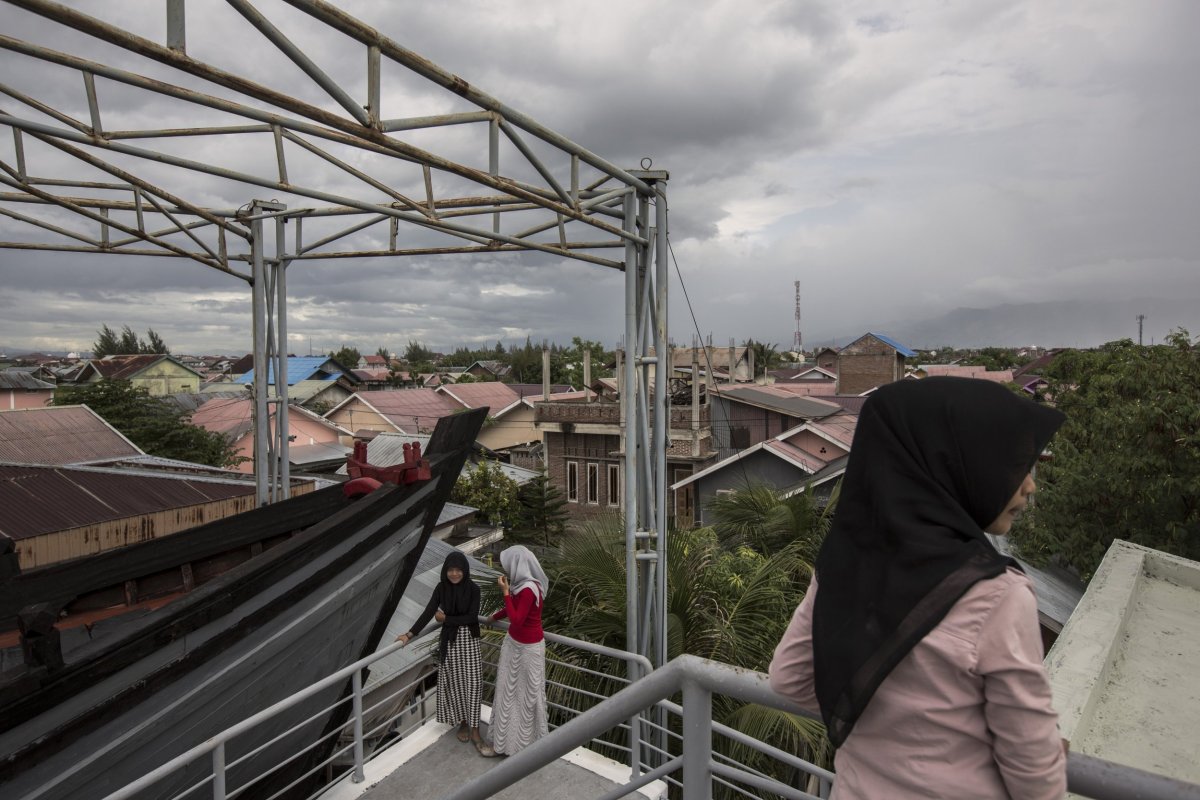
"In the first year after the tsunami I used to think 'Why did I survive? Wasn't it better to go together with my sons?' I still have these thoughts sometimes," said 49-year-old Yusnida, a melancholic woman from the area of Lampaseh. Her reconstructed matchbox house is near the skeleton of what used to be a beautiful two-storey-villa, adorned with columns and decorated with white-and-green tiles. The woman thinks about the tsunami every time she looks at it. "I laid stranded there between the second and the third wave, before the stream finally brought me in the open sea," she remembers. An oyster collector and the mother of three children, two of whom were killed by the waves, Yusnida spent almost twelve hours at sea before being rescued by some fishermen.
The woman was able to return to her reconstructed house two years after the tsunami, only to find the atmosphere of the village dramatically changed, with the thousands of victims replaced by several newcomers.

"They frequently ask questions about the tsunami, but nobody can understand what being a survivor feels like," explains Yusnida, who describes it as a weird mix of joy and sadness. Bonded forever by their tragic experiences, the survivors of Lampaseh often organize ceremonies for the end of Ramadan and on the anniversary of the tsunami. There, they eat and pray together, sharing the stories of their lost relatives. "I speak about my sons and listen to the others' experiences," the woman explains. "I feel relieved, it's a big weight off my heart."
Not far from the worst hit areas lie the headquarters of the Tsunami and Disaster Mitigation Research Center, itself an escape building, whose garden is adorned by the carcass of a police helicopter destroyed by the waves. Tasked with organizing the tsunami-preparedness educational programs at schools and community level, the center is nonetheless chronically understaffed and short of money. Almost all its activities stopped in 2008, when the donor funds ran out. Program Manager Ella Meilianda, 28, worries that the local government doesn't seem interested in stepping in.
"How will we prepare for future events?" she asks, clearly concerned. "We have to transfer knowledge to the younger generations." One of the success stories of the 2004 tsunami was the small island of Simeulue off the west coast of Aceh, which lost only seven people out of a population of 78,000. There, local elders were able to transfer the knowledge gained from a 1907 tsunami through oral traditions, allowing people to recognize the receding of the sea water as a warning sign and take shelter.
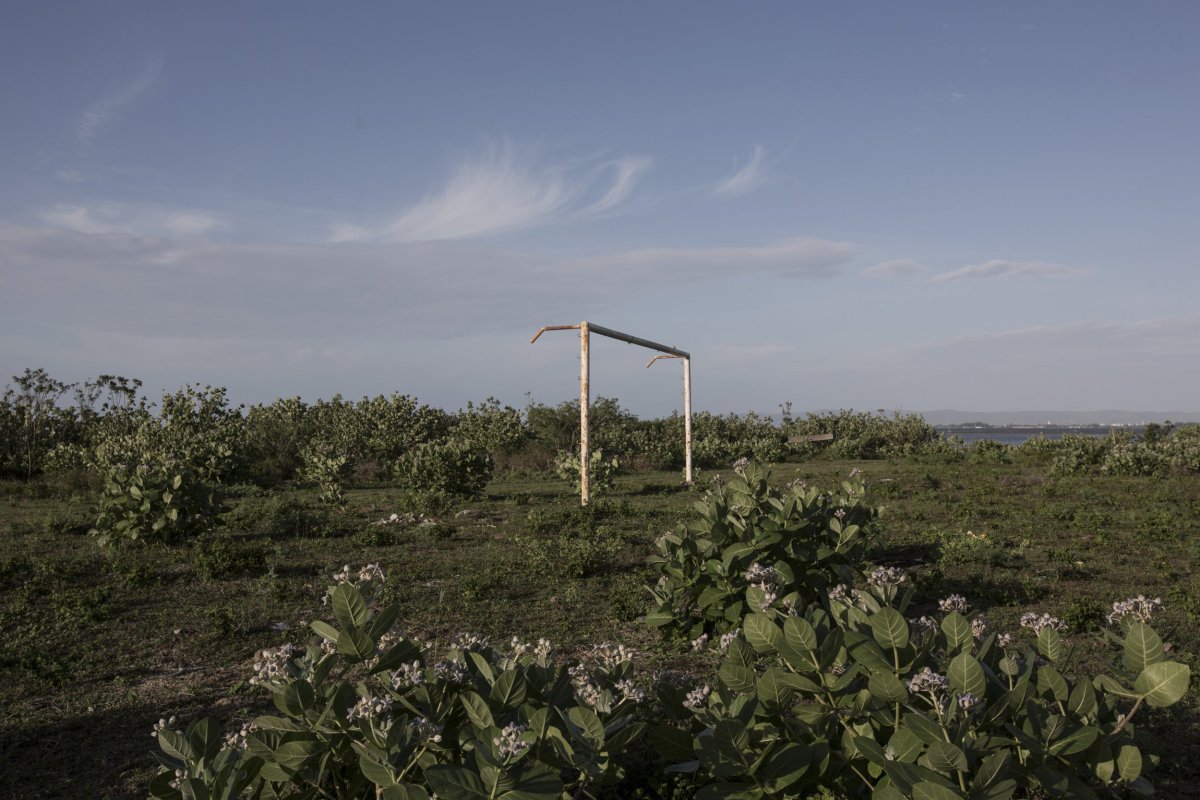
In a troubling sign, Banda Aceh experienced a strong, double earthquake in April 2012 and few people used the escape buildings or followed the evacuation routes. Most of them tried to flee parallel to the coastline, ending up in huge traffic jams that could have resulted in another disaster, should have another tsunami have hit. The early warning system also didn't work properly, going off randomly and causing even more panic.
According to psychologist Yulia Direzkia, who did extensive researches on the effects of the tsunami on the local population, part of the problem might have to do with the massive influx of foreign aid money and NGOs, which took charge of most of the day-to-day reconstruction. Although fundamental in tackling the unprecedented emergency in a short period of time, the practice didn't allow locals to fully participate in the post-tsunami management, creating a lack of responsibility which could be dangerous in the long-run.
"After the 2006 earthquake in Yogyakarta [a city on the Indonesian island of Java], people rebuilt their houses themselves," explains Direzkia. "As a result, they became more knowledgeable and resilient than us.'"
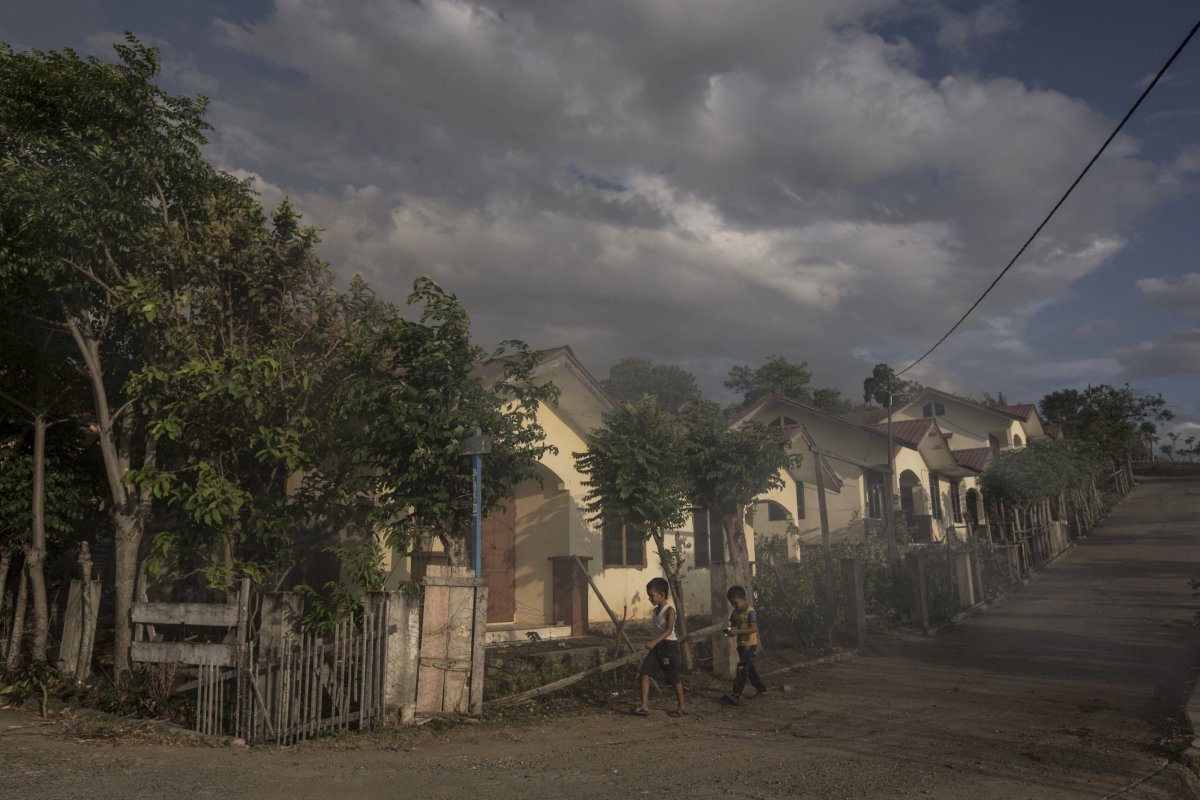
The reconstruction effort spurred an unprecedented economic boom in a long-neglected and war-stricken region, creating business and employment opportunities for many locals. Yessi Kemala Dewi, a vigorous young woman from the village of Padang Seurahet, is a living example of that. As part of an economic empowerment programme run by a Swiss NGO, after the tsunami Dewi was provided with three sewing machines. Together with her two younger sisters, she set up a profitable business, which allowed the family to gain enough money to double the size of their house. Today, half of the living room is occupied by the family workshop. The three sisters receive orders for curtains, bed covers and marriage tents from several clients all around the Aceh. "For us the tsunami was a blessing, even if it came at a hefty price," she says proudly. "We were able to send all our children to school."
The success wouldn't have been possible without the strong, mutual bond the sisters developed during the tsunami. While they were trying to run away from the coastline, Dewi and her 31-year-old sister Fawzia were caught by the waves. A cabinet carried by the water hit Dewi from behind, trapping her leg. "I told Fawzia to go and save herself, but she didn't want to leave me there," Dewi says. "When the second wave arrived, we were both carried by the stream to the roof of a nearby house." The pair remained there until late afternoon, when the level of the water finally started to descend. The ordeal cemented the strong and intimate relationship between them. Fawzia got married and had her first baby two years ago; Dewi, whose husband and eldest daughter survived the tsunami, gave birth to a boy two years after the tsunami.
With the reconstruction bonanza over, the region has now gone back to a quiet, laid-back atmosphere. The trip from Banda Aceh through all the most-affected areas along the west coast is now a heavenly ride among lush, tropical hills and pristine, untouched beaches, occasionally interrupted by some fishing villages. Although this paradise on earth hardly seems like ground zero for a tsunami, the omnipresence of the new matchbox houses is a reminder of the tragedy. Here, the government had initially proposed the creation of a two-kilometer buffer zone along low-lying coastal areas, but the plan was abandoned for the opposition of several coastal communities resolute to preserve their traditions and ancestral land.
Abandoning the sea was out of the question for them, no matter the risks. After the initial shock and despite the suffering it brought, most of the local fishermen returned to the ocean after a couple of years, renewing a relationship with their main source of livelihood that characterized Aceh's whole history. "The tsunami never changed my connection with the sea," confirms Nyong. "I love diving and fishing and I miss living close to it."
"When I was a kid, I used to live so close to the water I could almost jump in it from my window," he remembers. Resolute not to let the memory of his past fade away, he will soon visit Ulee Lheue again, this time bringing his 6-year-old kid. "I will take him to where my house was and to the beach," he explains. "I want him to know what happened."
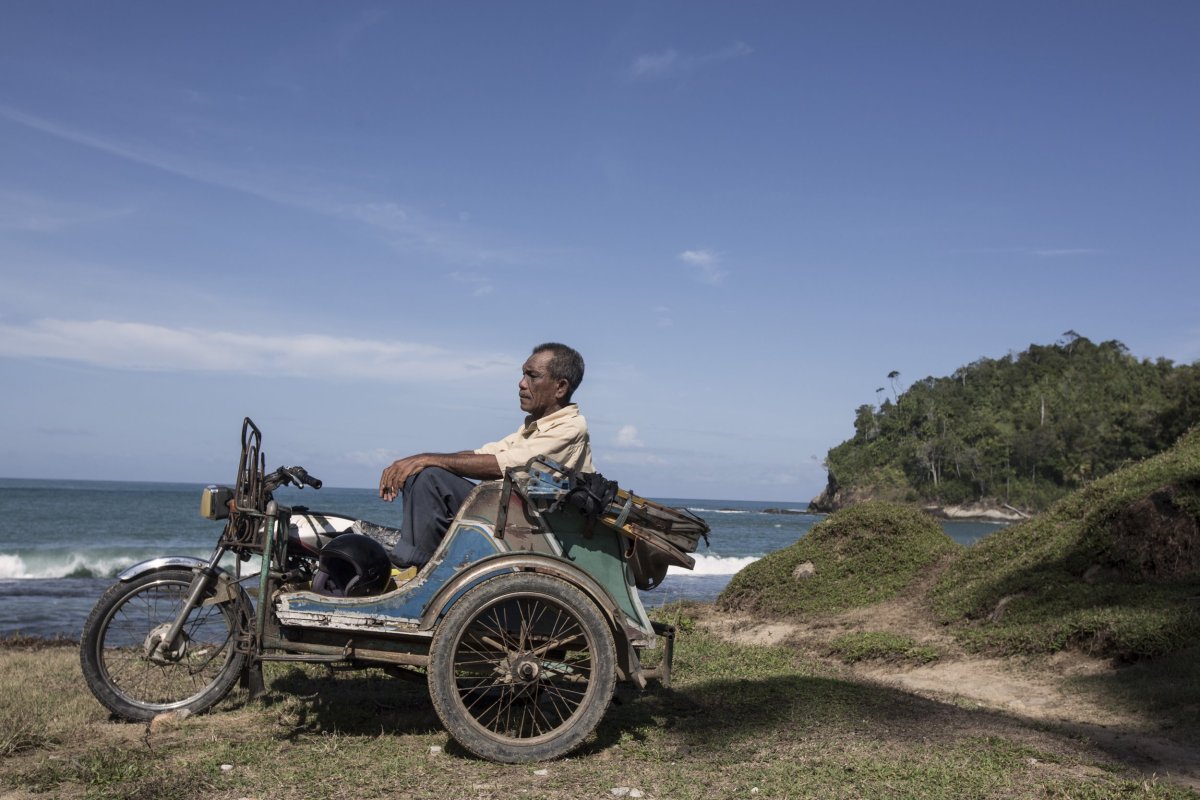
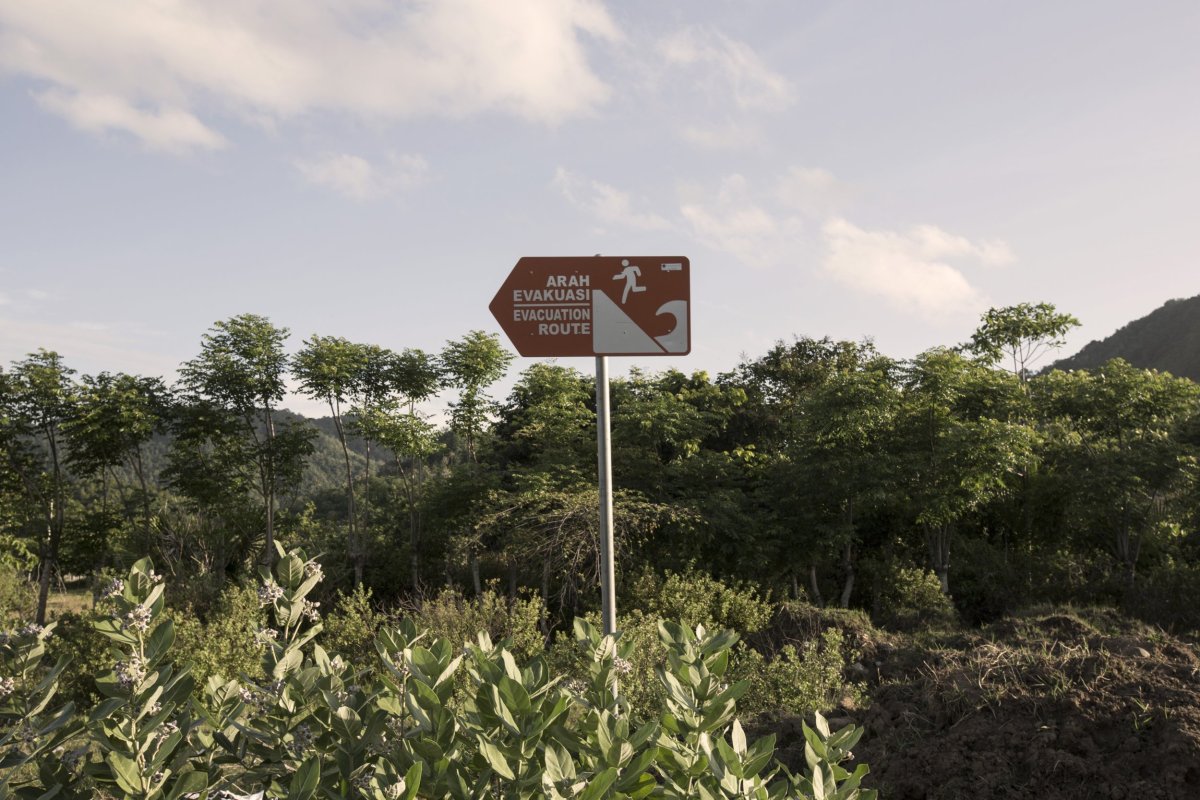
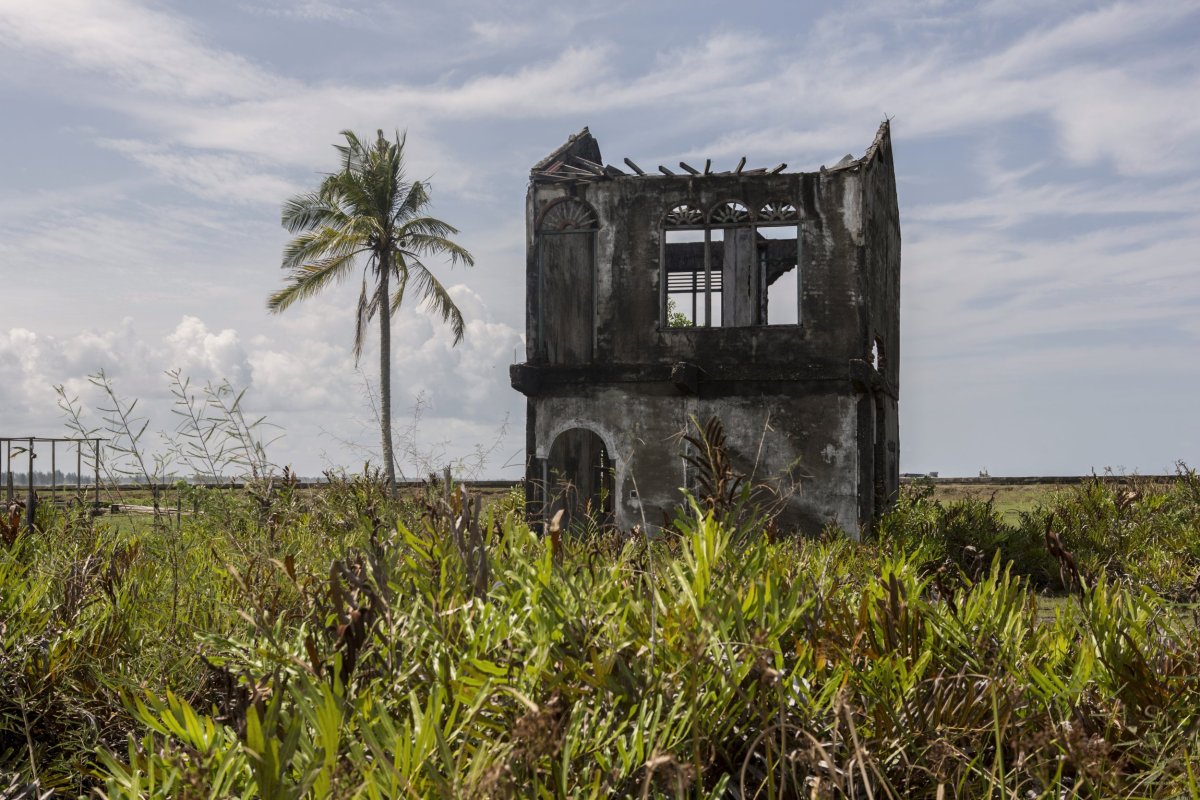
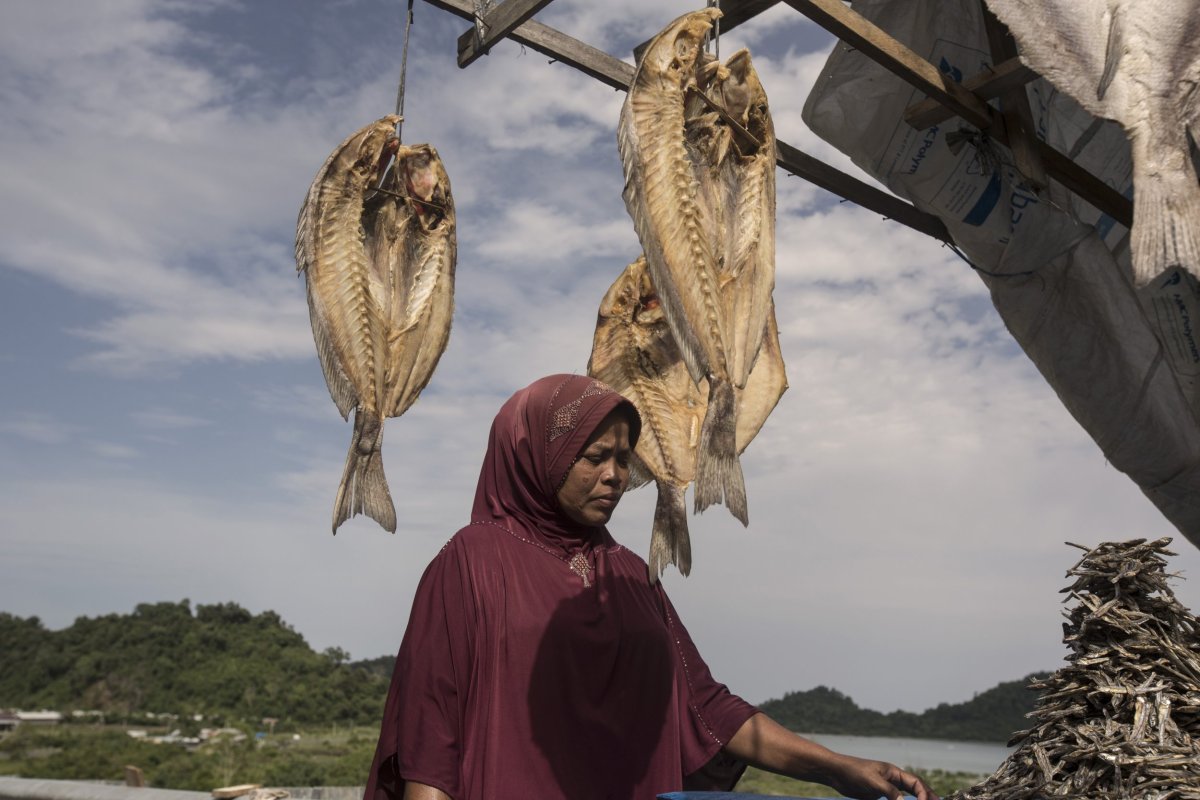
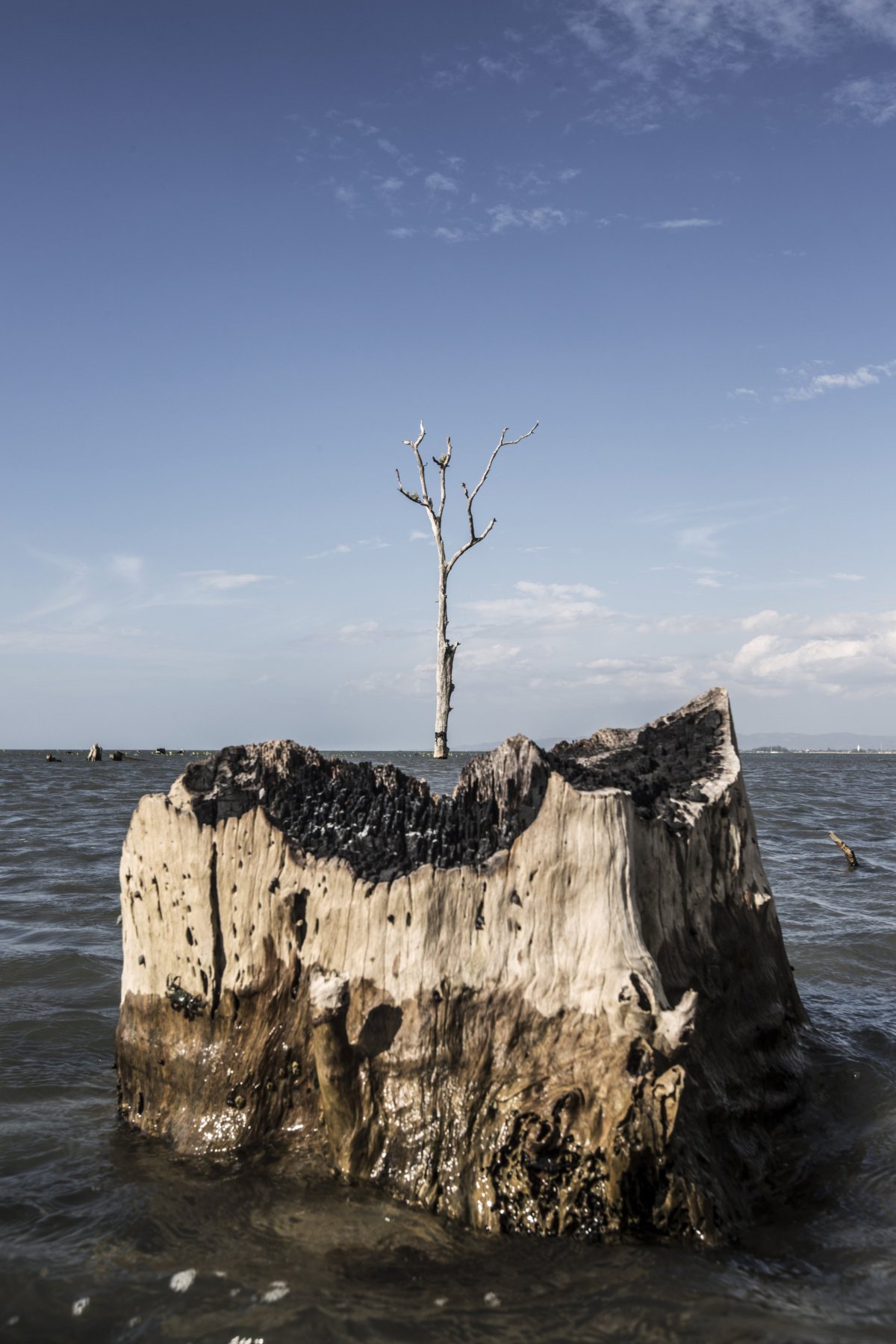
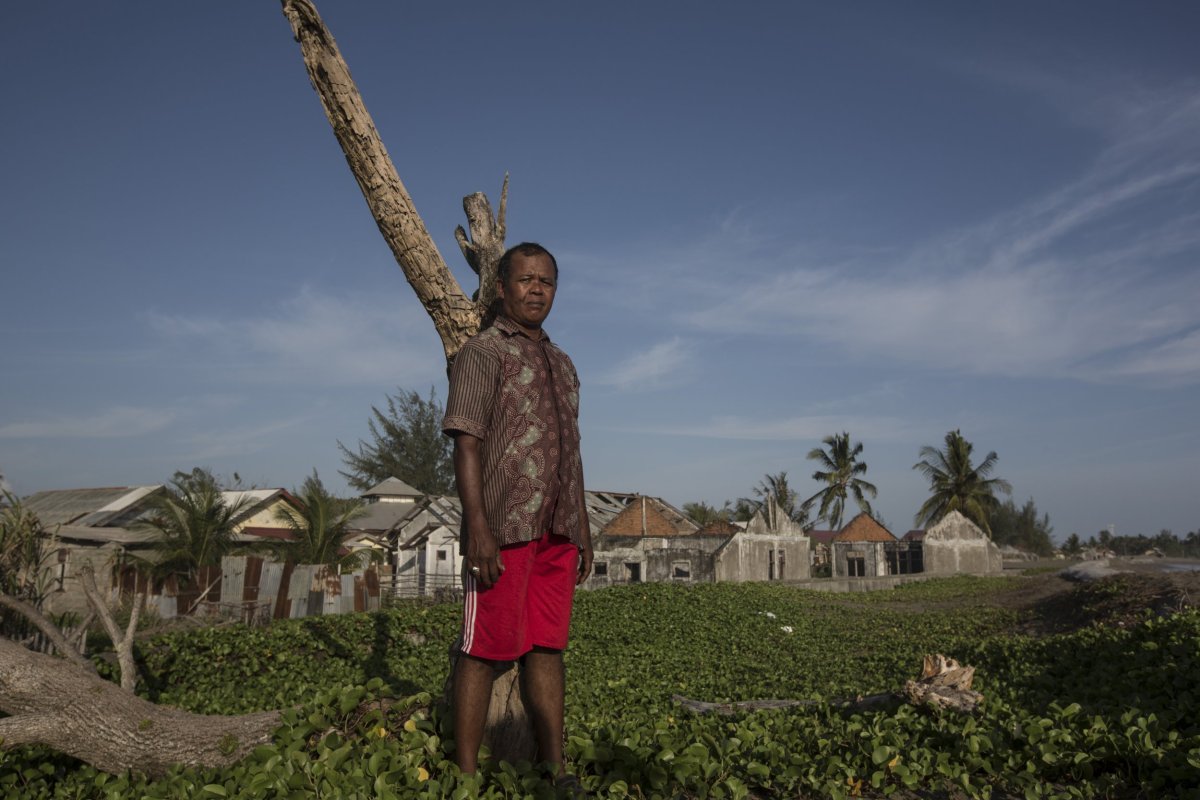
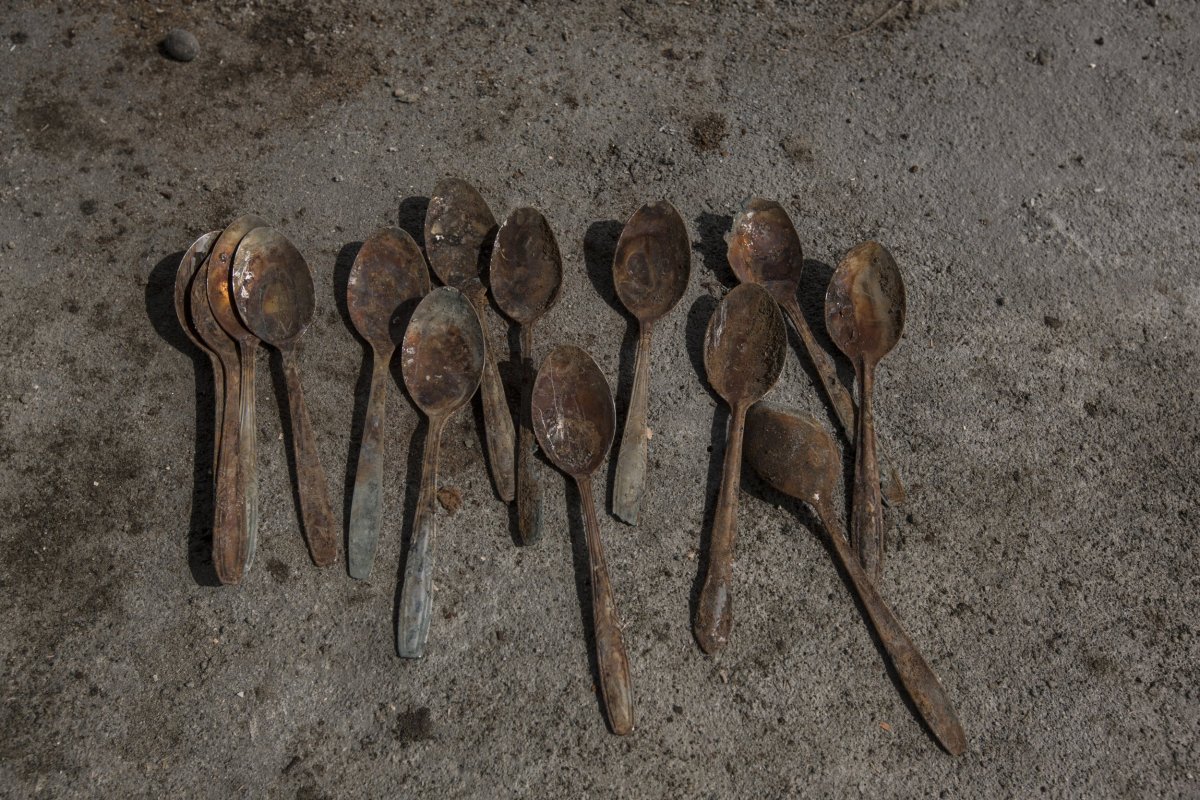
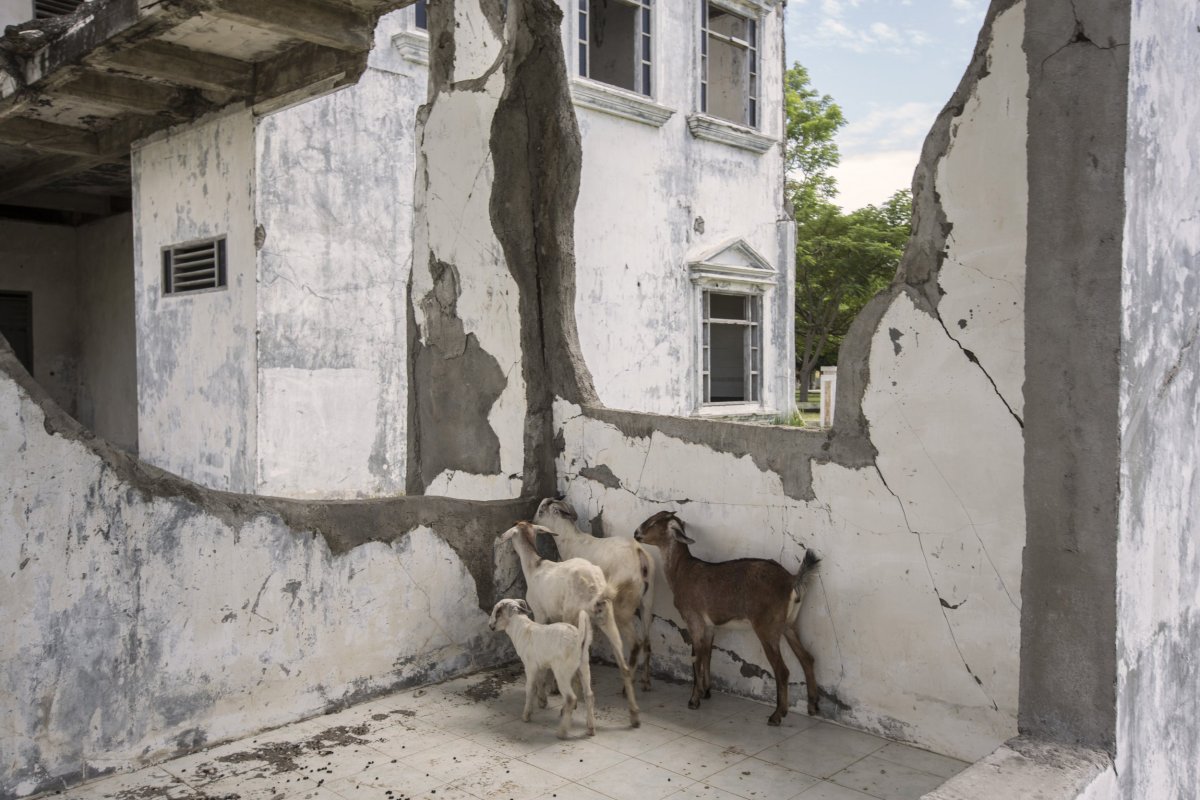


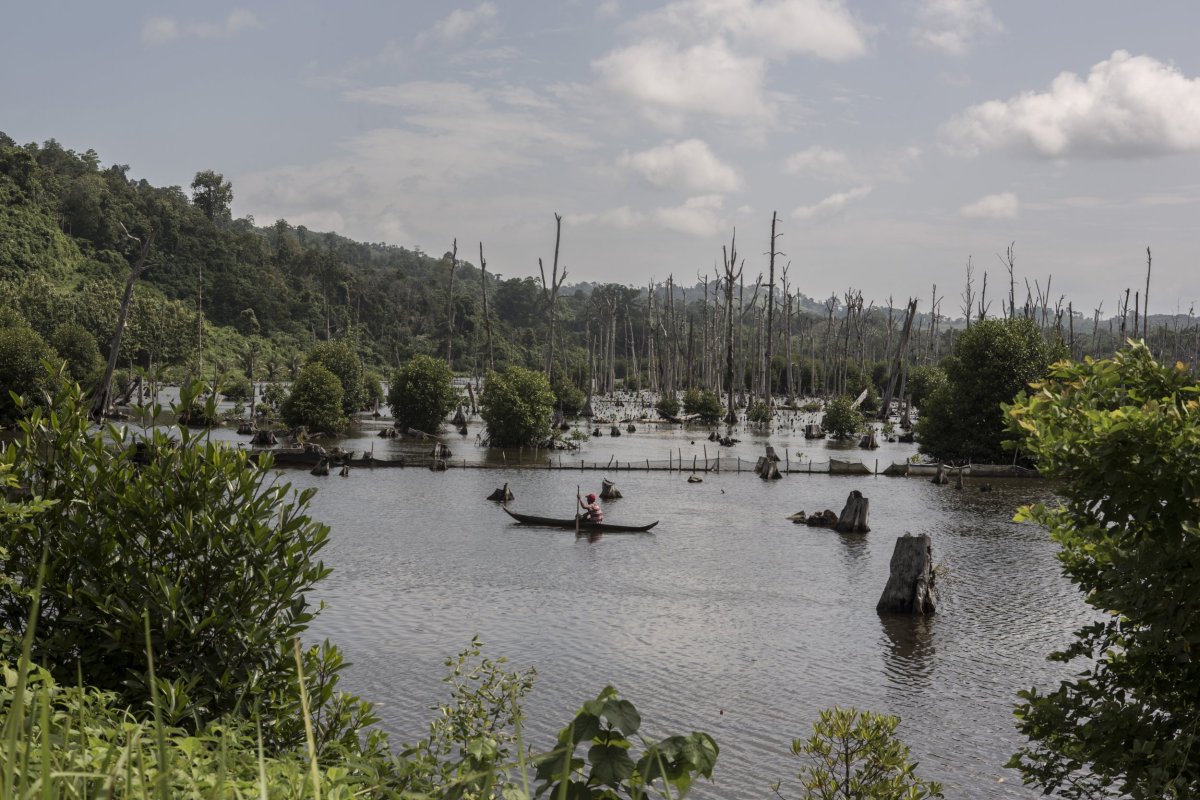

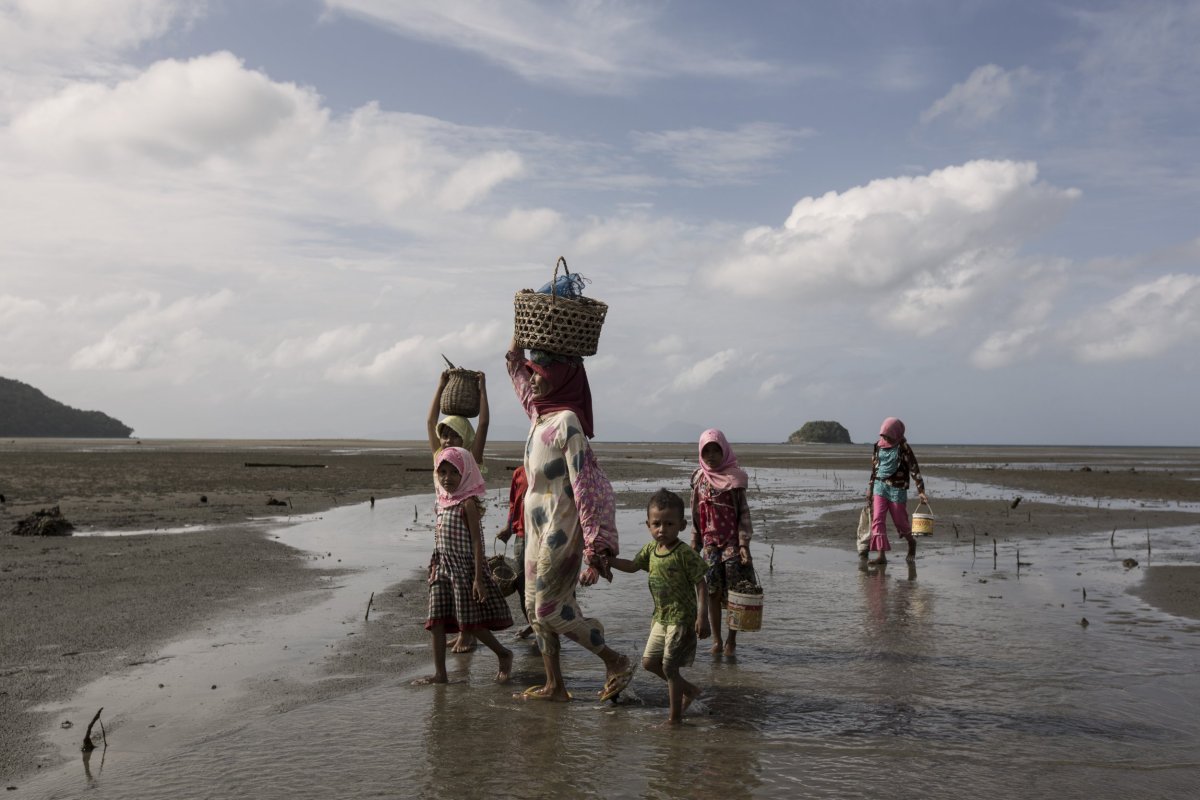

Uncommon Knowledge
Newsweek is committed to challenging conventional wisdom and finding connections in the search for common ground.
Newsweek is committed to challenging conventional wisdom and finding connections in the search for common ground.
About the writer
To read how Newsweek uses AI as a newsroom tool, Click here.




